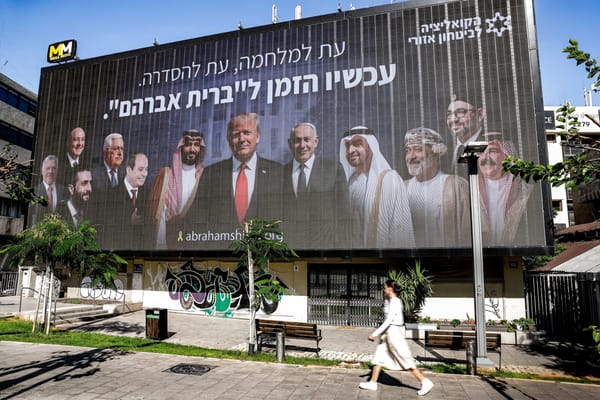COIN vs. CT?
On January 5, amid much pomp and circumstance, President Barack Obama released the newest version of the US Defense Strategic Guidance. [http://www.defense.gov/news/Defense_Strategic_Guidance.pdf] The document delineated the future course of US defense strategy, reiterating the commitment of the US








